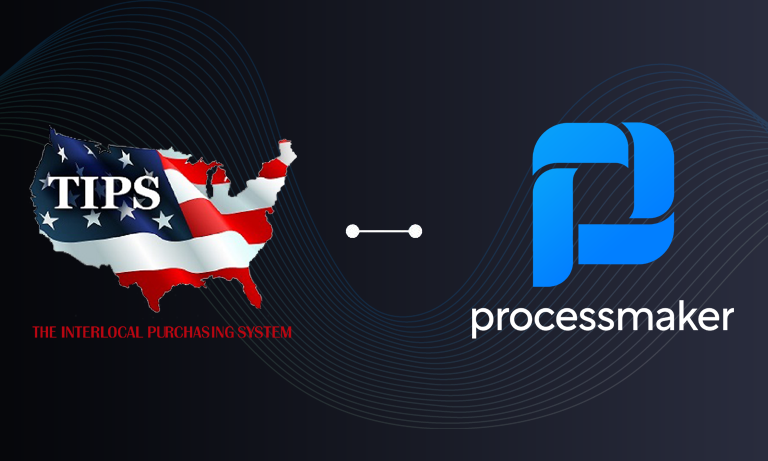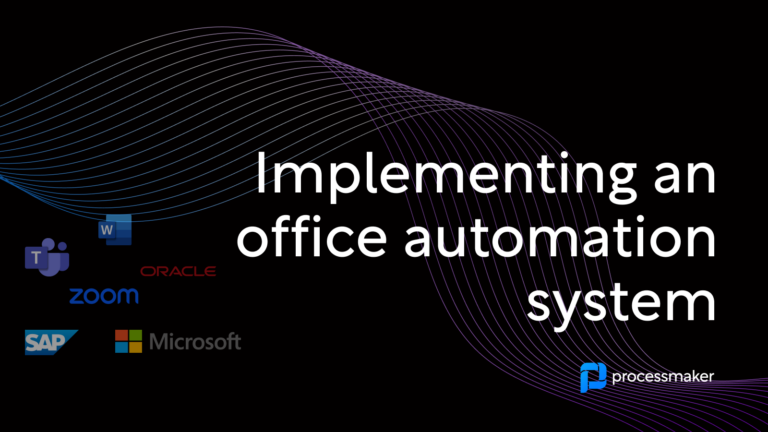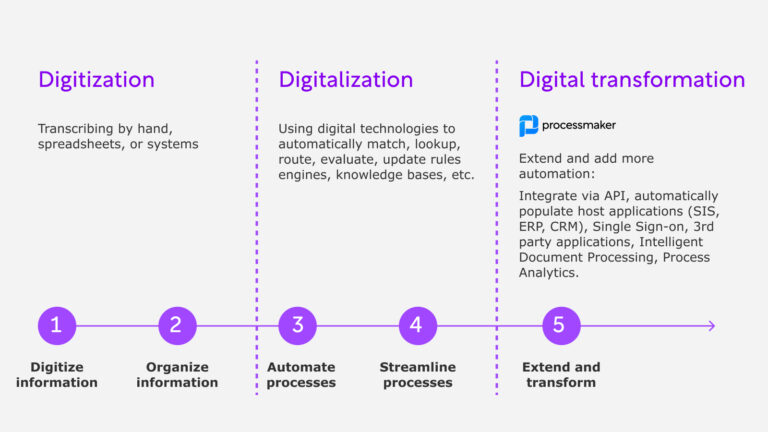Rare is the project that proceeds from idea through implementation without changes. The scope of a project may increase or decrease, the budget may change, or the schedule may change, and any of these may be disruptive if not handled logically and meticulously. Submitting a change order request will always be disruptive to some degree, but how your organization handles the change order request process can minimize disruption and bureaucratic red tape. Since change is inevitable in any thriving organization, it’s essential that the process is defined, streamlined, and manageable. Here are some thoughts on streamlining the change order request process.
 Standard and Emergency Change Order Requests
Standard and Emergency Change Order Requests
Many organizations choose to divide change orders into two categories: standard and emergency. A standard change order request applies to routine, low-risk changes that don’t require a lot of oversight. Emergency change orders are reserved for non-routine changes that carry some risk and require oversight so as not to derail the entire project.
While you hope to never have to use the emergency change order request process, it’s wise for this process to be developed and for key personnel to learn it. An emergency change order may follow an accelerated procedure while requiring more approval steps along the way. Though it may initially seem more complicated to have two types of change order requests, long term it may be more efficient and effective. When an emergency change order is initiated, key players know the stakes are higher and can respond accordingly.
Electronic Is the Only Way to Go
Paper-based change order requests had their day and performed admirably, but everything is more fast-paced now, and paper change order requests are outdated and insufficient for today’s needs. When a paper-based change order request process is made electronic, many worries disappear, such as worries over lost, illegible, or misrouted forms. An electronic change order request process automatically routes completed forms to the proper approving authorities and reduces errors. Electronic forms can be designed to only accept certain types of information in form fields. For example, if someone tried to submit a form with text in a field that requires numbers, the system could require corrections before allowing submission.
Automated Alerts Keep Change Order Requests on Track
 With paper change order requests, you might leave a completed form on your supervisor’s desk and hope that he or she sees it soon. You might even leave a voicemail message that the form is there and requires action. But with electronic change order requests, the process can be set up to automatically notify the people whose input is required. A notification may be sent out by email or text, so approving authorities and others whose input is necessary will know the moment their attention is needed. Forms won’t get buried under a stack of paper, and the entire change order process stays on track and efficient.
With paper change order requests, you might leave a completed form on your supervisor’s desk and hope that he or she sees it soon. You might even leave a voicemail message that the form is there and requires action. But with electronic change order requests, the process can be set up to automatically notify the people whose input is required. A notification may be sent out by email or text, so approving authorities and others whose input is necessary will know the moment their attention is needed. Forms won’t get buried under a stack of paper, and the entire change order process stays on track and efficient.
Change Order Request Processes Must Be Customized
No other organization is like yours. Your organization has its own ways of doing business, and therefore your change order requests should be customized work with, and not against your workflows. Trying to shoehorn a generic change order process into your particular organizational workflows can be fraught with challenges and leave you with a process nobody likes much. If you’re considering upgrading your change order process to get it off of paper, you need to break it down into discrete steps and determine which ones can be automated. From there you can design the customized workflow you want to make electronic.
When Hiring a Programmer Isn’t in the Budget
Maybe you would like a sleek, custom electronic change order request process, but hiring a programmer (or pulling one of your own programmers off another project) simply isn’t practical. Fortunately, workflow software has evolved considerably, and solutions exist that allow non-technical people to create custom forms and develop logical workflows without having programming knowledge. The technology is available, with user interfaces that are remarkably straightforward and intuitive, and you could experience a quick, positive return on investment by using it to streamline things like your change order request process.
With ProcessMaker you can develop a fast, logical change order request process even if you don’t know how to program. ProcessMaker comes with many customizable tools and templates and is open source to allow for more customization. Best of all, you can take the ProcessMaker Enterprise Edition for a free test drive, or download the Community Edition of ProcessMaker. There’s no reason your organization can’t enjoy the many benefits of automated change order requests.





